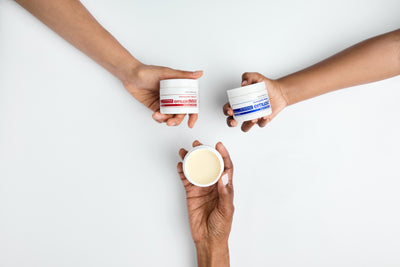We have all heard about hemorrhoids at some point in our lives. This is because more than 4.4% of people in the world visit their doctors for this condition. Hemorrhoids are more commonly known as piles. It would be a shock for anyone going to the bathroom and finding fresh red blood on the toilet paper - the striking feature of hemorrhoids. But what is this condition? And why are they so common and often painful?
The anus and rectal canal is made up of a thick and highly complex plexus of veins. These veins are present to perform normal physiological functions. In their normal state, these veins are filled up with blood and help in maintaining continence, regulating the bowel movements, and controlling gas.
With age, the connective tissue above these veins becomes weak, and the walls of these vessels become thinner. Therefore, when these veins are filled up with blood, the thin walls cannot support the blood efficiently, and as a result, start to enlarge and bulge. This results in hemorrhoids.



